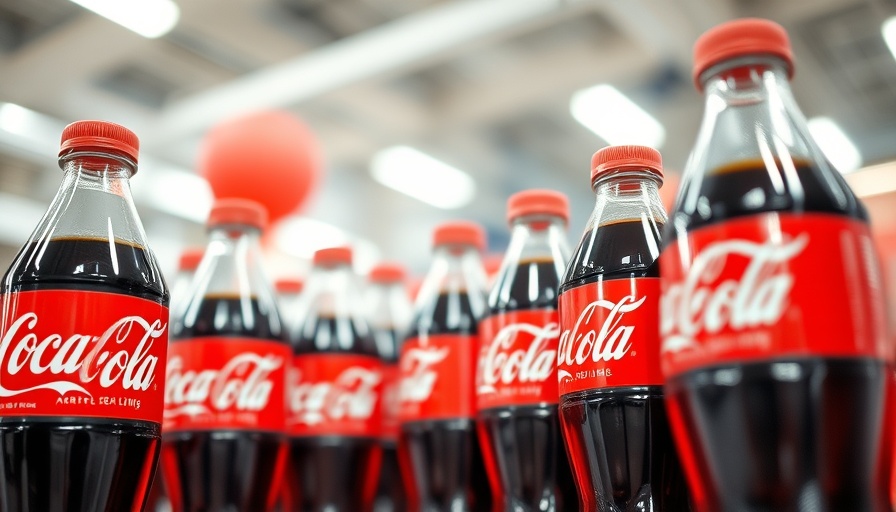
The Taste Debate: Cane Sugar vs. High-Fructose Corn Syrup
In a move likely to sway soda lovers nationwide, Coca-Cola recently announced that it will introduce a version sweetened with cane sugar, inspired by President Trump's advocacy for its return. As Americans ponder whether this change is merely a marketing gimmick or a genuine health reform, experts urge caution, emphasizing that both cane sugar and high-fructose corn syrup (HFCS) carry similar health implications when consumed excessively.
Understanding the Science: What’s the Difference?
Both cane sugar and high-fructose corn syrup serve the same purpose in beverages: to add sweetness. However, they differ slightly in composition. Cane sugar, mostly composed of sucrose, breaks down into equal parts glucose and fructose in the body. On the other hand, the most common HFCS variant contains about 55% fructose and 45% glucose. Dietitian Avery Zenker points out that while the chemical structures differ subtly, the health effects of consuming either in large amounts can be similarly detrimental.
Health Impacts: A Close Look
Health professionals emphasize that the real issue lies not in the type of sugar but in the amount consumed. “Both sweeteners have high glycemic indexes, meaning they can spike blood sugar levels similarly,” says Zenker. The common perception that one is significantly healthier than the other is misleading. Both options contribute to health risks such as Type 2 diabetes, heart disease, and obesity when overindulged. Another striking finding is that HFCS may be linked to higher levels of inflammation, as revealed in a 2022 meta-analysis, raising concerns about its impact on chronic health conditions.
Beyond Sweetness: The Processing Factor
When it comes to production, cane sugar involves a less intensive process compared to HFCS, identified as a more inexpensive and chemically stable alternative. Nutrition expert Adrianne Kartholl highlights that HFCS is prevalent in many processed foods due to its cost-effectiveness and preservative qualities. “Cane sugar is derived more naturally from the sugarcane plant, though still involves processing,” she adds, suggesting a potential consumer inclination towards the perceived naturalness of cane sugar.
The Dental Health Dilemma
From a dental perspective, Dr. Sandip Sachar warns that both sweeteners present similar risks when it comes to cavities. With no significant differences in their potential to cause dental decay, maintaining oral hygiene remains crucial for soda consumers regardless of the sweetener choice.
Broader Implications: Cultural and Economic Effects
Trump's push for cane sugar in Coke reflects a larger cultural shift towards natural ingredients in processed foods. As consumers become more conscious of their choices, brands may feel pressured to adapt. Therefore, while the debate may center on which sweetener is healthier, it also opens discussions about broader consumption trends and the implications for the economy and agricultural practices related to sugar production.
Consumer Takeaway: Moderation is Key
Ultimately, the landscape of sweeteners invites a crucial takeaway: moderation is vital. Experts recommend that consumers limit their intake of both cane sugar and HFCS. For those looking to make healthier choices, staying informed about the nutritional content of beverages and selecting options with lower sugar levels could be beneficial.
As Coca-Cola prepares to roll out its new cane sugar soda alongside HFCS versions, informed decisions remain essential. Understanding the similarities and differences between these sweeteners can empower consumers to make choices that align with their health goals.
For ongoing updates and insights into nutrition and health trends, stay tuned to national news outlets for the latest breaking news and expert analyses on the implications of our food choices.
 Add Element
Add Element  Add Row
Add Row 



Write A Comment